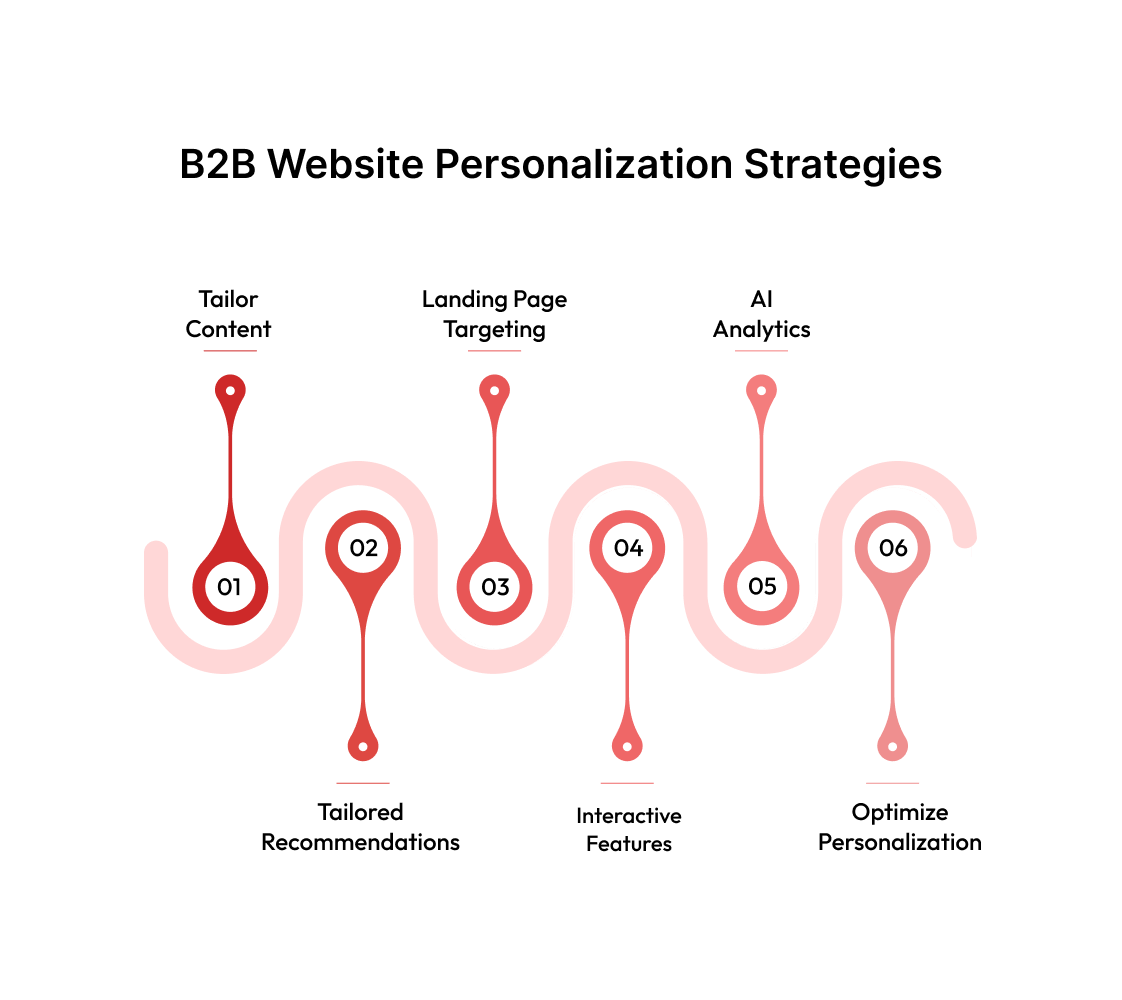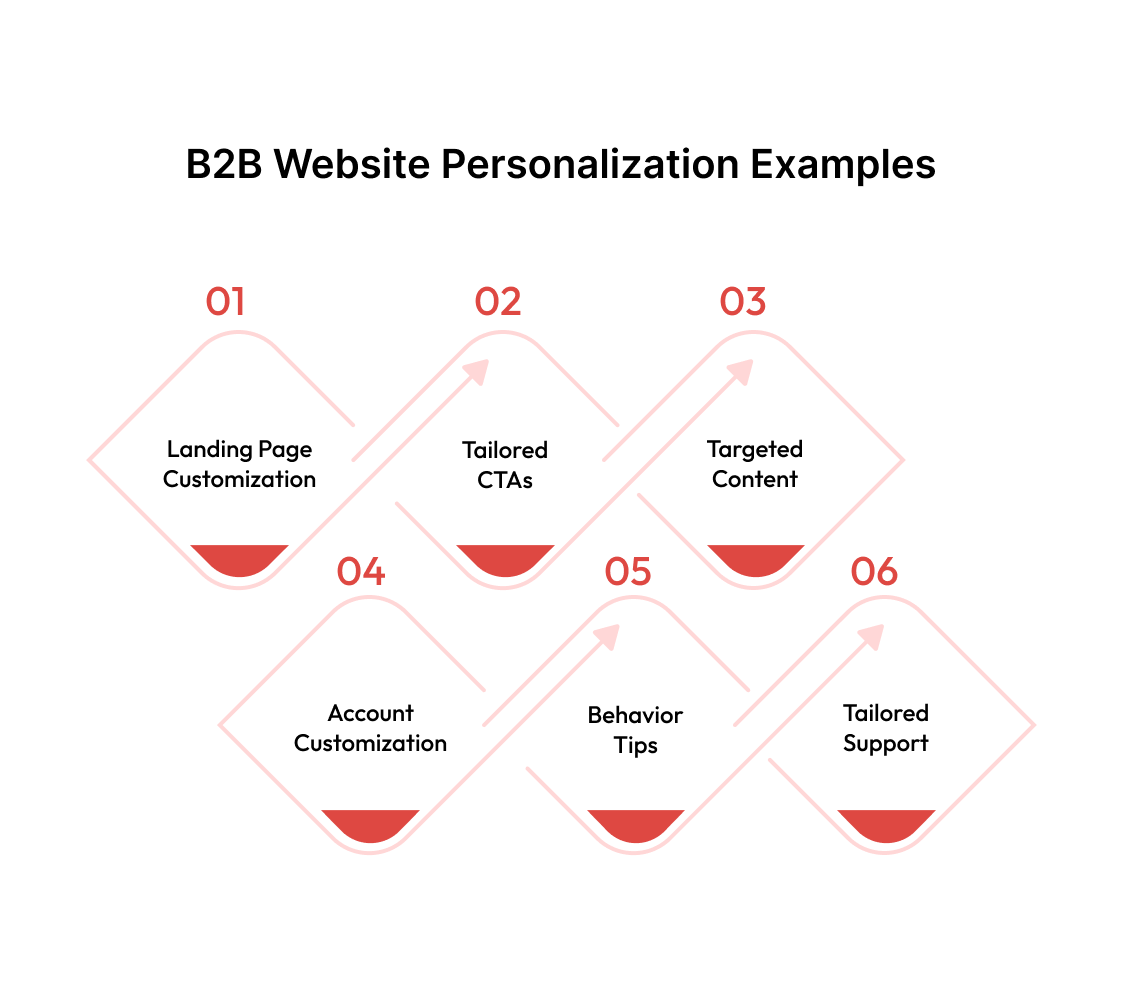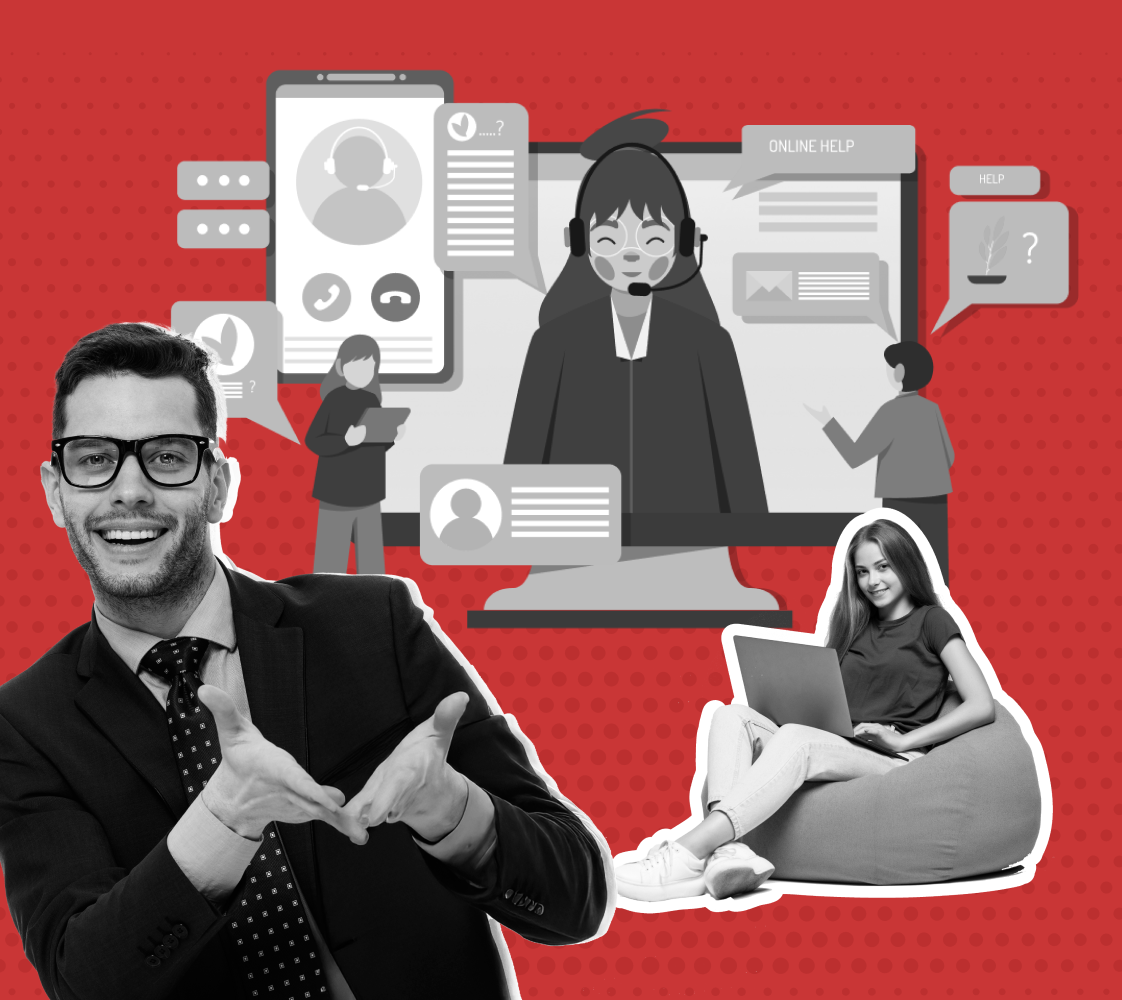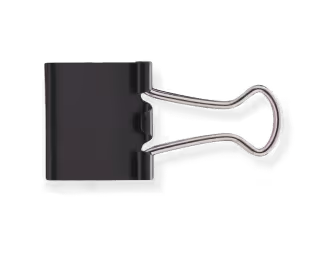B2B buyers expect tailored digital experiences and the numbers prove it. 82% of B2B buyers said they want a personalized, B2C like experience when interacting with vendors. This demand isn’t just a trend; it’s a decisive factor in whether prospects engage, convert, and ultimately become loyal customers.
Personalization is now a key driver of business outcomes for B2B SaaS brands. Failing to deliver a relevant, tailored website experience doesn’t just slow down your sales cycle, it risks losing prospects to competitors who make every interaction count.
In this blog, you’ll learn what B2B website personalization is, why it matters for SaaS brands, and practical strategies to boost your results, with examples and common challenges to avoid.
TL;DR
- B2B buyers expect relevant digital experiences, 82% want personalization that mirrors B2C standards.
- Personalized websites convert better, build trust faster, and help SaaS brands stand out in crowded markets.
- Key tactics include dynamic content, tailored CTAs, account-based messaging, and AI-driven product suggestions.
- Common pitfalls to avoid: over-personalization, poor data hygiene, ignoring UX, and privacy missteps.
- Beetle Beetle helped brands like Mailreach and Close increase conversions through strategic website personalization and targeted messaging.
What Is B2B Website Personalization?
B2B website personalization is the process of tailoring your website’s content, messaging, and user experience for each visitor based on real-time data such as company name, industry, location, and on-site behavior. Unlike generic websites, a personalized B2B site recognizes whether a visitor is from a SaaS startup, a healthcare enterprise, or a manufacturing firm. Then it adapts headlines, case studies, and calls-to-action to match their needs.
Top-performing SaaS brands use IP-based firmographic tools to identify a visitor’s organization and instantly display relevant industry solutions or customer logos. For example, if someone from a fintech company lands on your homepage, they’ll see fintech-specific proof points and testimonials.
Understanding the definition is just the start; let’s examine why personalization is now central to SaaS growth and how it directly impacts your business outcomes.
The Business Impact: How Personalization Fuels SaaS Growth
Personalization on B2B SaaS companies' websites goes beyond surface-level customization. It directly shapes how prospects interact with your brand and influences key business outcomes. Here’s how effective website personalization drives growth for SaaS companies:
1. Accelerates Conversions
Personalized experiences help visitors quickly find the information and solutions most relevant to their needs. This reduces friction in the buyer journey and increases the likelihood that prospects will take meaningful actions, such as booking a demo or starting a trial.
2. Deepens Engagement
When website content reflects a visitor’s industry, role, or challenges, it encourages longer site visits and more interaction with high-value resources. This deeper engagement signals stronger intent and builds early trust with potential customers.
3. Improves Lead Quality
By tailoring messaging and calls-to-action to specific buyer personas, personalization attracts prospects who are more likely to be a good fit for your SaaS product. This means your sales team spends more time with qualified leads and less time filtering out mismatches.
4. Strengthens Brand Differentiation
A personalized website demonstrates that your SaaS brand understands and responds to each prospect’s unique context. This relevance sets you apart from competitors who rely on generic messaging, making your brand more memorable and credible.
5. Supports Complex B2B Sales Cycles
B2B SaaS deals often involve multiple stakeholders and extended decision-making processes. Personalization helps maintain engagement over time by delivering the right content to the right people at each stage, helping move deals forward efficiently.
With the value of personalization clear, the next step is to explore the strategies that leading SaaS brands use to deliver relevant, conversion-focused experiences at scale.
Core Strategies for Effective B2B Website Personalization

Personalizing a B2B SaaS website requires a combination of data-driven tactics, technology, and a deep understanding of your audience’s needs. Here’s how leading brands are implementing personalization that drives engagement and conversions:
1. Tailor Content
Segment your audience by industry, company size, role, or account status, and deliver content that speaks directly to their challenges and goals. For example, showcasing industry-specific case studies or testimonials helps prospects quickly see how your solution aligns with their specific context.
2. Personalize Product Recommendations
Use past user interactions, browsing history, and account information to recommend relevant products, solutions, or resources. Real-time customer segments allow you to dynamically adjust recommendations and content as users engage with your site.
3. Create Targeted Landing Page
Develop dedicated landing pages for specific industries, buyer segments, or marketing campaigns. These pages should feature tailored messaging, visuals, and calls-to-action that resonate with the intended audience.
4. Use Interactive Tools
Offer calculators, configurators, or assessment tools that help users explore your SaaS solution based on their unique requirements. Personalizing these tools by segment ensures users receive relevant insights and recommendations.
5. Use AI and Predictive Analytics
Integrate AI-driven platforms and machine learning to analyze user data and deliver personalized experiences automatically. This can include dynamic content blocks, adaptive menus, and predictive recommendations that adjust in real-time.
6. Test and Optimize Personalization Efforts
Prioritize A/B testing and ongoing analysis to refine your personalization strategies. Monitor user behavior, engagement, and conversion metrics to ensure your efforts are driving the desired outcomes.
By combining these strategies, B2B SaaS brands can create hyper-personalized website experiences that not only capture attention but also convert visitors into high-quality leads and long-term customers.
Executing these strategies requires the right set of tools and integrations. Here’s a look at the technology stack that powers effective B2B website personalization.
Technology Stack: Tools That Power B2B Website Personalization
In 2025, personalization for B2B SaaS websites is driven by a blend of AI, advanced data platforms, and seamless integrations. Here’s how leading brands are building their personalization stack:
1. AI and Machine Learning Engines
AI is at the core of hyper-personalization, analyzing vast datasets in real time to tailor content, recommendations, and outreach. These engines power dynamic content blocks, adaptive messaging, and predictive analytics that adjust to each visitor’s profile and behavior.
2. Customer Data Platforms (CDPs)
CDPs aggregate data from multiple sources: website, CRM, email, and more to create unified customer profiles. This enables marketers to deliver consistent, relevant experiences across all touchpoints. CDPs are essential for managing first-party data and orchestrating personalized campaigns at scale.
3. Personalization and Recommendation Platforms
Platforms like Bloomreach use AI to combine marketing automation, product discovery, and customer data for tailored experiences. These tools dynamically adjust website content, case studies, and calls-to-action based on visitor attributes such as industry, company size, or previous interactions.
4. IP Intelligence and Firmographic Data Tools
Services that use IP lookup and firmographic data allow websites to identify anonymous visitors by company or sector, enabling the display of relevant social proof, industry-specific messaging, and targeted offers.
5. Advanced Chatbots and Conversational Interfaces
AI-powered chatbots now provide contextual assistance, proactively offering help or content based on user behavior such as engaging visitors who linger on pricing or demo pages.
6. Integration and Automation
A robust personalization stack integrates seamlessly with CRM, marketing automation, and analytics platforms, ensuring data flows freely and experiences remain consistent across the buyer journey.
With the right strategies and tools in place, what does great B2B website personalization actually look like in action? Here are six practical examples to inspire your approach.
B2B Website Personalization Examples

Personalization is a key driver of engagement and conversions for B2B SaaS brands. By analyzing user data, behavior, and firmographics, companies can deliver tailored experiences that address the unique needs of each visitor.
Below are six practical examples of how B2B websites can implement personalization to improve user journeys and drive measurable business outcomes:
1. Dynamic Landing Page Messaging
Tailor headlines, subheadings, and value propositions on landing pages based on industry, company size, or visitor source. This ensures that each segment sees messaging that speaks directly to their pain points and goals, increasing relevance and engagement.
2. Personalized Calls-to-Action (CTAs)
Display different CTAs depending on the visitor’s stage in the buyer journey or previous interactions with your site. Personalized calls-to-action (CTAs) convert 202% better than default versions.
For example, new visitors might see an invitation to download a resource, while returning users are prompted to book a demo or speak with sales.
3. Industry-Specific Content Blocks
Showcase case studies, testimonials, and solution overviews that match the visitor’s industry or role. This approach builds credibility by demonstrating expertise and results in sectors that matter most to the user.
4. Account-Based Website Customization
Use firmographic data to recognize high-value accounts and dynamically adjust website content, such as displaying tailored messaging, relevant integrations, or logos of similar clients. This level of personalization supports account-based marketing strategies and accelerates enterprise deal cycles.
5. Behavioral Content Recommendations
Analyze on-site user behavior—such as pages viewed, resources downloaded, or features explored—to suggest the most relevant blog posts, product features, or webinars.
This guides visitors toward deeper engagement and helps nurture them through the funnel
6. Personalized Chat and Support Experiences
Deploy chatbots or live chat tools that greet visitors by company name or role and offer tailored assistance or resources. This real-time, context-aware support increases the likelihood of conversion and improves the overall user experience.
These examples illustrate how B2B SaaS brands can use personalization to create more relevant, efficient, and conversion-focused website experiences.
To see the real impact of these tactics, it’s helpful to look at results from actual SaaS brands. Here are real-world examples from our own portfolio that demonstrate how personalization drives measurable business results
Real-World Examples: Personalization That Converts
Here are two examples from Beetle Beetle’s portfolio that demonstrate how tailored website experiences and messaging can deliver measurable results for B2B SaaS brands:
1. Mailreach: Personalizing Messaging for Audience Segments
Beetle Beetle worked with Mailreach to completely revamp their website, starting with in-depth customer research to understand the unique challenges and goals of different user segments.
The new site featured messaging and content tailored to these segments, ensuring that each visitor immediately saw solutions relevant to their specific needs. This approach created a more personalized experience, making it easier for prospects to identify with the product and take action.
Result: Mailreach experienced a significant increase in conversion rates per user after the relaunch, highlighting the impact of delivering targeted, relevant content to distinct audience groups.
2. Close: Guiding Visitors with Targeted Conversion Paths
For Close, Beetle Beetle designed a website experience that strategically guided different types of visitors, such as sales teams and decision-makers toward the most relevant conversion points.
By mapping out user journeys and presenting tailored calls-to-action and resources based on visitor intent, the site ensured that each user encountered the information and prompts most likely to drive engagement.
Result: The new website led to a substantial month-over-month increase in conversions, demonstrating how thoughtful personalization of user flows and CTAs can directly influence business outcomes.
These cases show that with a deep understanding of your audience and strategic content tailoring can deliver powerful, conversion-focused website experiences.
While the benefits are clear, it’s important to be aware of common mistakes that can undermine your personalization efforts. Let’s highlight the key pitfalls to avoid as you implement your strategy.
Common Challenges to Avoid in B2B Website Personalization
While personalization can significantly boost engagement and conversions for SaaS brands, there are several common mistakes that can undermine its effectiveness. Recognizing and avoiding these challenges ensures your efforts deliver real value:
By addressing these challenges, SaaS brands can maximize the impact of their personalization initiatives and build stronger, more productive relationships with their prospects and customers.
Ready to Transform Your B2B SaaS Website?
By tailoring website experiences, messaging, and offers to the specific needs of each visitor, SaaS companies can significantly increase conversion rates, boost customer satisfaction, and build long-term loyalty.
But successful personalization isn’t just about technology, it’s about understanding your audience, clarifying your value proposition, and designing conversion-led user journeys that speak directly to your ideal customers. This is where Beetle Beetle excels.
How Beetle Beetle Helps SaaS Brands Win
At Beetle Beetle, we specialize in transforming SaaS websites into powerful, conversion-driven assets.
Our approach goes beyond surface-level design tweaks. We dig deep into your customer research and market positioning to craft messaging that resonates with your audience. We then design and build websites that not only look great, but also guide every visitor toward meaningful action. Whether that’s booking a demo, starting a trial, or reaching out to your team.
What sets us apart is our focus on measurable outcomes. We don’t just launch and leave; we partner with SaaS companies to ensure their new website delivers real, trackable results like increased demo requests, higher conversion rates, and more qualified leads in your pipeline.
Curious how a conversion-led, personalized website could help your SaaS brand grow?
Explore our recent work to see real-world results, and connect with us for a tailored conversation about how we can help you turn your website into your best-performing sales asset.
FAQs
1. How can I measure the success of website personalization?
Track metrics such as conversion rates, time on site, bounce rates, form submissions, and engagement with personalized elements. A/B testing different personalized experiences can also help identify what resonates best with your audience.
2. What are some effective B2B website personalization examples?
Common examples include dynamic landing page content based on industry or company size, personalized calls-to-action, industry-specific case studies, behavioral content recommendations, account-based website customization, and personalized chat experiences.
3. How does website personalization improve conversion rates?
Personalization increases conversion rates by making website messaging and offers more relevant to each visitor. When users see content and solutions that directly address their business challenges, they are more likely to engage, fill out lead forms, or request demos.
4. What data is needed for effective B2B website personalization?
Key data types include firmographic data (industry, company size, location), behavioral data (pages viewed, actions taken), and engagement history (downloads, previous visits). Integrating CRM and analytics tools can help collect and activate this data for real-time personalization.
5. Is B2B website personalization difficult to implement?
While advanced personalization can require integration and planning, many impactful tactics like dynamic headlines, industry-specific content blocks, and targeted CTAs can be implemented with modern CMS and marketing automation tools. Starting with small, high-impact changes is often recommended.


.png)





























